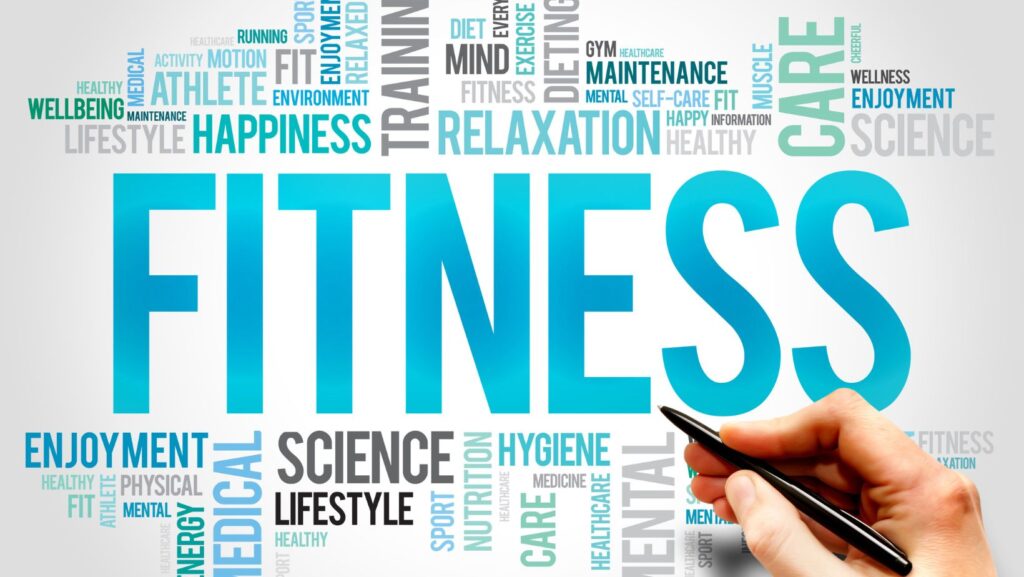Andrew Huberman, a renowned neuroscientist and professor at Stanford University, has captivated audiences worldwide with his insights into human behavior and performance. While he’s best known for his research on the brain, Huberman’s approach to fitness and well-being is gaining attention for its science-backed effectiveness. His fitness routine isn’t just about building muscle or losing weight; it’s about optimizing the body and mind for peak performance.
Andrew Huberman Fitness Routine
Andrew Huberman’s fitness routine integrates neuroscience principles to optimize physical and mental performance. He emphasizes routines that balance bodily exertion with cognitive benefits. His approach includes resistance training, high-intensity interval training (HIIT), and cardiovascular exercises to build strength and endurance.
Key Components
-
 Resistance Training: Incorporates compound movements like squats, deadlifts, and bench presses. These exercises enhance muscle growth and improve functional strength, supported by research for their neurological benefits.
Resistance Training: Incorporates compound movements like squats, deadlifts, and bench presses. These exercises enhance muscle growth and improve functional strength, supported by research for their neurological benefits. -
High-Intensity Interval Training: Mixes short bursts of intense exercise with recovery periods. HIIT boosts cardiovascular health and stimulates neuroplasticity, aligning with Huberman’s emphasis on efficiency and cognitive enhancement.
-
Cardiovascular Exercises: Activities such as running, cycling, or swimming enhance heart health and endurance. Huberman values steady-state cardio for its role in mood regulation and mental clarity.
-
Sleep Optimization: Uses techniques for consistent sleep quality, recognizing its critical role in recovery and cognitive function.
-
Nutrition and Hydration: Follows science-backed guidelines prioritizing nutrient-dense foods and adequate hydration to support overall physical and mental health.
-
Stress Management: Implements mindfulness and breathwork to maintain mental resilience and reduce stress, complementing the physical rigors of his routine.
Huberman’s fitness approach, combining tailored exercise regimens with lifestyle optimization, represents a comprehensive strategy for enhanced well-being.
Key Components Of The Andrew Huberman Fitness Routine
Andrew Huberman’s fitness routine emphasizes a science-backed approach to exercise. His method integrates strength, cardiovascular, and flexibility training to enhance overall health.
Strength Training & Cardiovascular Exercises
 Strength training forms a crucial part of Huberman’s routine. It focuses on resistance exercises using compound movements like deadlifts and squats. These exercises promote muscle growth and improve neuromuscular coordination. Incorporating multiple muscle groups results in increased strength and efficiency, aligning with Huberman’s emphasis on maximizing body and mind performance.
Strength training forms a crucial part of Huberman’s routine. It focuses on resistance exercises using compound movements like deadlifts and squats. These exercises promote muscle growth and improve neuromuscular coordination. Incorporating multiple muscle groups results in increased strength and efficiency, aligning with Huberman’s emphasis on maximizing body and mind performance.
Cardiovascular exercises in his routine include high-intensity interval training (HIIT) and steady-state cardio. HIIT sessions improve cardiovascular health and support neuroplasticity, particularly beneficial for cognitive function. Steady-state cardio, such as jogging or cycling, aids in mood regulation and endurance building. This balanced approach caters to both physical and mental well-being.
Flexibility And Mobility
Flexibility and mobility exercises maintain joint health and prevent injury. Techniques such as dynamic stretching and yoga contribute to greater range of motion and stability. By integrating these exercises, Huberman ensures the body’s adaptability and resilience, essential for sustaining a comprehensive fitness routine.
Science Behind The Routine
Andrew Huberman’s fitness routine harnesses scientific principles to enhance physical and mental performance. By integrating neuroscience and an understanding of the body’s hormonal responses, his approach offers a comprehensive method for achieving optimal health.
Neuroscience Insights
 Huberman’s routine leverages neuroscience to optimize brain and body functions. Resistance training and HIIT exercises engage neuroplasticity, promoting brain health through the growth of new neuronal connections. This enhances cognitive function and mental clarity while improving physical performance. Cardiovascular activities, like steady-state cardio, further support neurotransmitter balance, aiding mood regulation and stress reduction. Huberman emphasizes the importance of sleep for memory consolidation and brain recovery, integrating specific techniques to improve sleep quality and duration.
Huberman’s routine leverages neuroscience to optimize brain and body functions. Resistance training and HIIT exercises engage neuroplasticity, promoting brain health through the growth of new neuronal connections. This enhances cognitive function and mental clarity while improving physical performance. Cardiovascular activities, like steady-state cardio, further support neurotransmitter balance, aiding mood regulation and stress reduction. Huberman emphasizes the importance of sleep for memory consolidation and brain recovery, integrating specific techniques to improve sleep quality and duration.
Hormonal Impact
The routine’s design considers hormonal responses to exercise. Resistance training stimulates growth hormone and testosterone production, aiding in muscle growth and repair. HIIT contributes to cortisol regulation, helping manage stress levels while boosting metabolism. Steady-state cardio enhances endorphin release, improving mood and emotional well-being. Huberman also focuses on nutrition for hormonal balance, incorporating diet strategies that support insulin sensitivity and energy levels.

